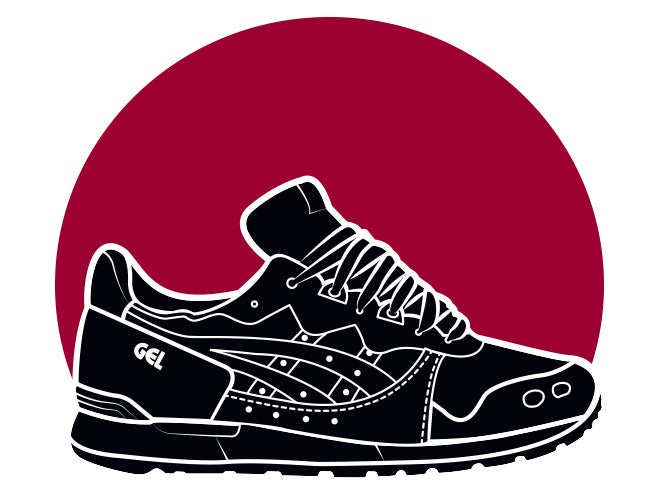On the evolution of sneaker tech, from 1933 on
These shoes are made for running.

We may earn revenue from the products available on this page and participate in affiliate programs. Learn more ›

Legend has it that, in the late 1800s, students eluded their headmasters in stealthy rubber-soled shoes, earning the kicks the name “sneakers.” That vulcanized rubber was the first in a string of foot-friendly features that shaved minutes off marathon times. Over the last century, improvements in support, cushioning, and materials have contributed to new records. This year, Nike Zoom Vaporfly Elites helped propel Kenyan runnerEliud Kipchoge within 25 seconds of a two-hour run. Here’s how sneaker tech, and marathon speeds, have changed.

Arch support
To provide orthopedist-approved arch support, the Posture Foundation gave its PF Flyers a “magic wedge.” The goal: to evenly distribute a wearer’s weight to reduce strain and related injuries.

Sticky sole
The first shoe designed expressly for running, the New Balance Trackster had road-gripping, shock-absorbing ridges—which the company claimed staved off shin splints—on its soles.

Cushion comfort
The Onitsuka Tiger Corsair offered super-cushy soles made of springy plastic. The material was thicker toward the heels of the shoes, which helped to relieve strain on the Achilles tendon.

Waffle grip
Running on varied surfaces demands traction and bounce. Protruding nubs on the Nike Waffle Trainer gripped like spikes and also absorbed shock from ground impacts.

Light tread
By the ’80s, hefty padding was weighing down shoes. So ASICS padded the heel of its Tiger Gel-Lyte with silicone gel, cutting the weight of a men’s size 9 from more than a pound to 9.9 ounces.

Breaking two
Today, shoes are slimming down. Ultralight foam reduces the Nike Zoom Vaporfly to 7 ounces, while carbon-fiber sole plates push off the ground to make each stride more propulsive.
This was originally published in the November/December 2017 issue of Popular Science. This way for more from our 30th annual Best of What’s New issue.